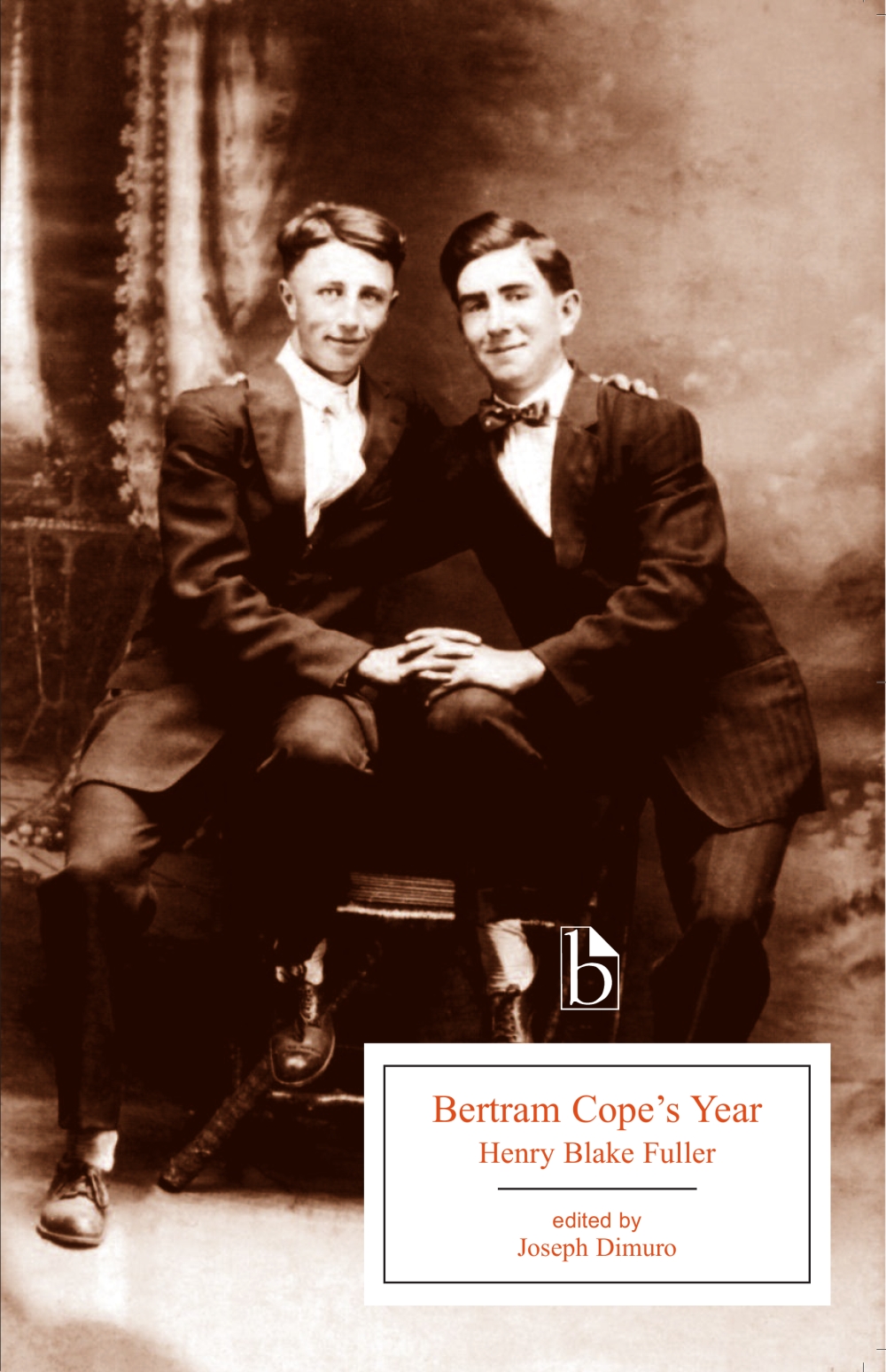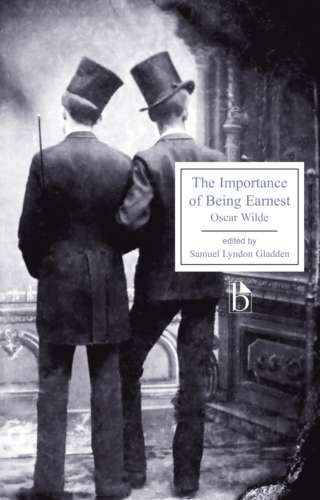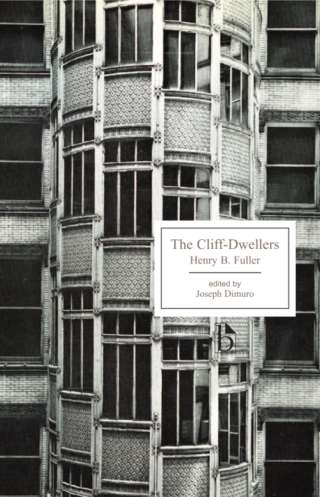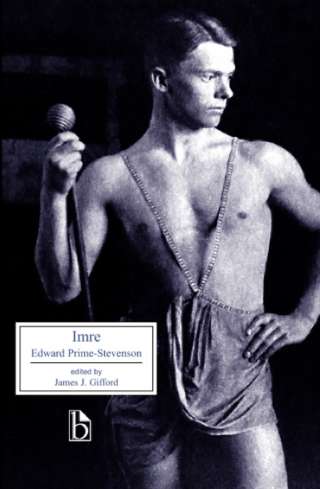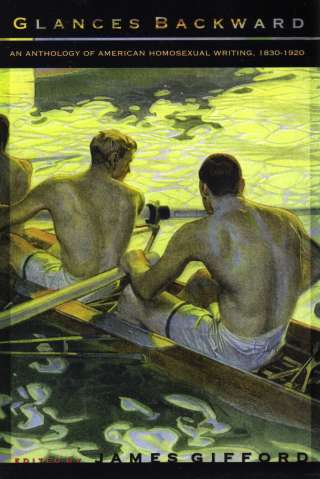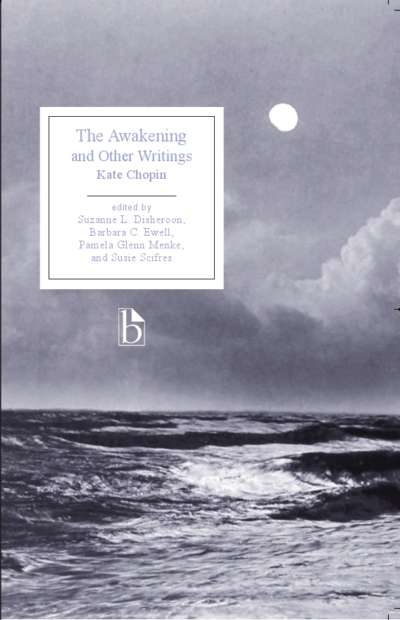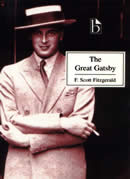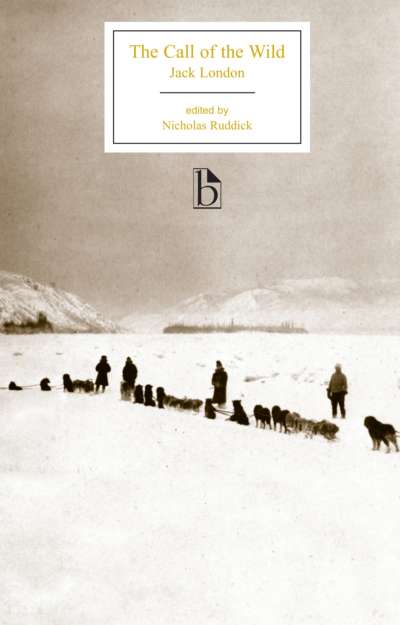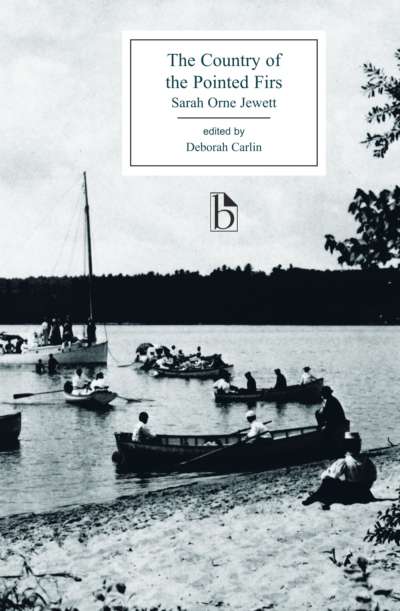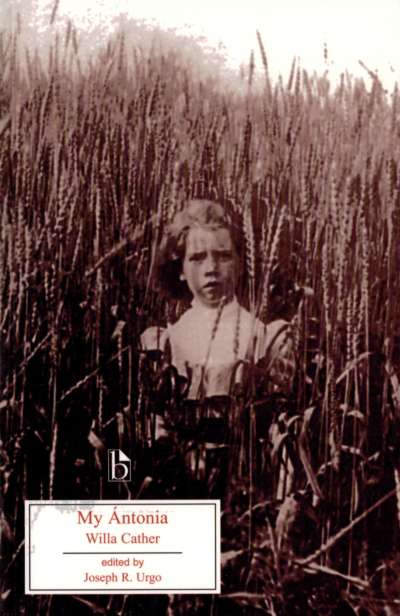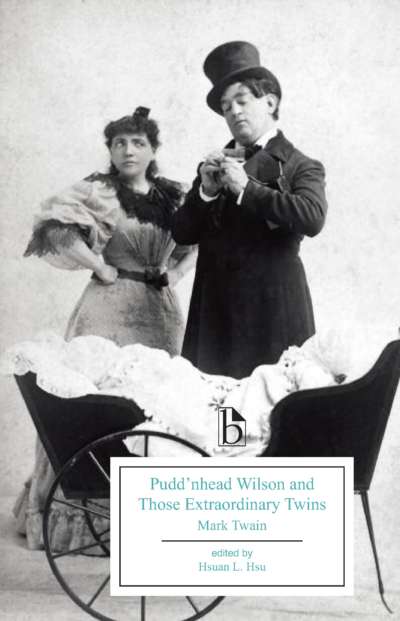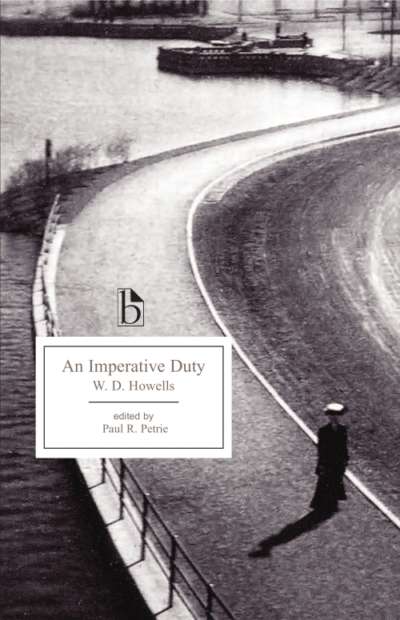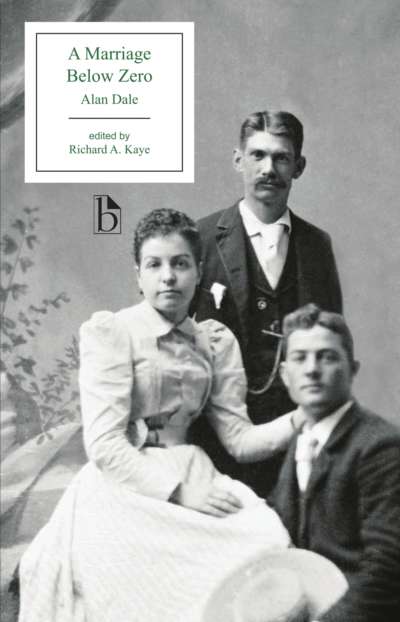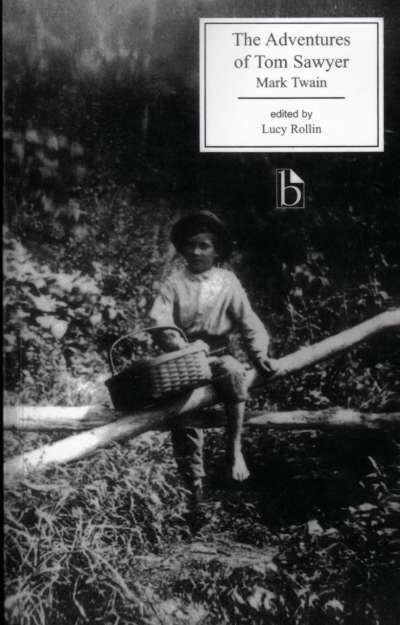
In 1918, when Henry Blake Fuller was 62 years old, he completed the manuscript of a novel, Bertram Cope’s Year. Though Fuller was well known as an accomplished realist and had published twelve previous novels, this work was his first published fiction to address the topic of homosexuality. In the novel Bertram Cope, a handsome young college student, is befriended by Medora Phillips, a wealthy older woman who tries to match him with several eligible young women. However, Bertram is emotionally attached only to his friend and housemate, Arthur Lemoyne. The novel’s portrayal of their friendship is subtle, but has clear overtones of sexual attraction.
Appendices focus on the novel’s composition, reception, and place in contemporary discourses about attraction between men.
Comments
“Bertram Cope’s Year—Henry Blake Fuller’s alternately arch and melancholy riposte to the sentimental conventions of heterosexual romance—has been waiting almost a century for its due share of apt readers. At last it has a chance of finding them, thanks to Joseph Dimuro, whose expert editing, indispensable introductory essay, and judicious choice of supplemental writings and reviews open the novel up as never before to scholarly and non-scholarly audiences alike.” — Max Cavitch, University of Pennsylvania
“Joseph Dimuro has produced a critical edition of Bertram Cope’s Year that is lucid and well- researched; it is a fitting study of an important novel. Adding previously unpublished material from Fuller’s journals and—excitingly—from the novel itself makes this edition a delight for readers, critics, and researchers alike. This Broadview Edition shows how modern Fuller was in his treatment of gay men, and their relationships with women and each other.” — Keith Gumery, Temple University

